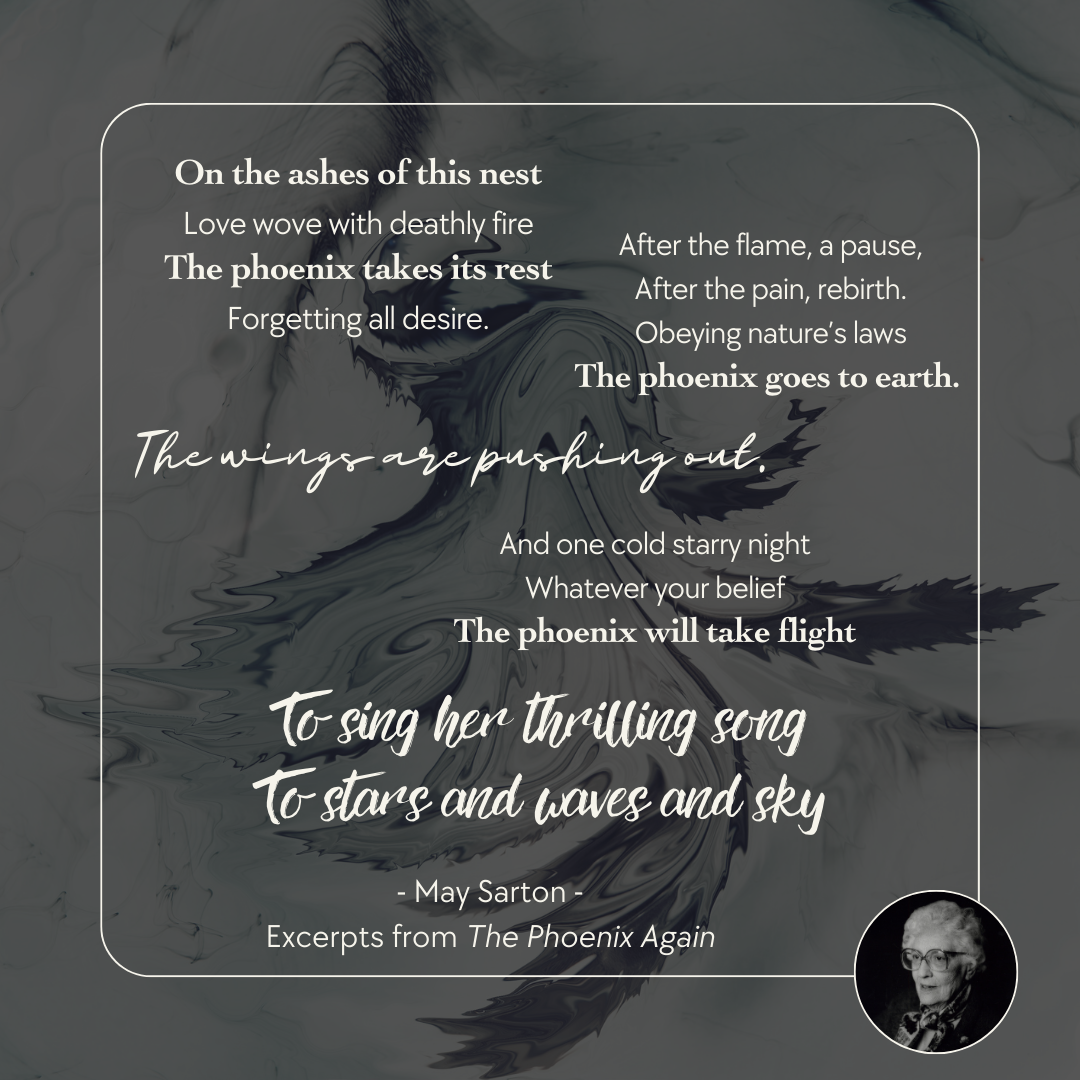The Leadership Edge: Slowing Down to Speed Up

Like many leaders, I used to resist rest.
I felt the need to fill every moment with purpose, to do the most good, to keep moving. Rest felt like a delay, an indulgence, an obstacle to progress.
But over time, my relationship with rest evolved. I came to understand that rest isn’t the opposite of progress—it’s what makes progress possible.
The Leadership Misconception: Motion = Progress
In high-growth environments, we celebrate motion. Move fast, iterate, optimize. The pressure is to always charge forward, always build, always scale.
But here’s the truth: high performance isn’t about never stopping—it’s about knowing when to pause.
The best leaders don’t just push harder; they recognize when momentum is leading to misalignment. They know that stopping to recalibrate isn’t wasted time—it’s the very thing that allows teams to move forward with clarity and impact.
The Strategic Case for Recalibration
Nature provides the best blueprint for sustainable growth. Yet, in business, we often resist the idea of pausing, assuming that constant motion equals progress. But just as overworked soil yields diminishing returns, relentless hustle without reflection leads to burnout and inefficiency.
- Farmers let land lay fallow so soil can replenish and future crops can thrive.
- Athletes build in recovery days because muscles don’t strengthen during exertion—they grow during rest.
- Musicians use pauses between notes to create rhythm and resonance.
- Doctors schedule rest between surgeries because precision and effectiveness decline without recovery.
Business should be no different. The companies that sustain long-term success aren’t the ones that operate at full speed 100% of the time. They are the ones that pause strategically, reflect intentionally, and move forward with precision.
For example, some of the most effective leadership teams build in recalibration cycles—dedicated time to assess what’s working, what’s not, and where to go next. These pauses prevent burnout, improve decision-making, and allow teams to align before charging ahead.
Without these moments, leaders risk driving full speed in the wrong direction. Research shows that organizations that integrate structured reflection see increased productivity, reduced burnout, and stronger long-term performance.
Leadership Takeaways: Creating Space for Clarity
How do leaders create space for recalibration without feeling like they are slowing down? Here are some small but impactful ways to integrate rest and reflection into leadership:
1. Build in Strategic Pauses
Instead of treating reflection as a luxury, embed it into team rituals. Take Google’s "20% time" policy, which allows employees to dedicate a portion of their workweek to exploration and reflection—leading to innovations like Gmail and Google Maps. When leaders carve out space for structured reflection, they create the conditions for meaningful progress. Whether through structured retrospectives, quarterly recalibration sessions, or simply stepping back before major decisions, making space for rest ensures that action remains intentional.
2. Normalize Rest as a Performance Strategy
Encourage teams to see rest as a tool for better thinking, better problem-solving, and better execution. A leader who acknowledges the power of recalibration fosters a culture that values sustainable success over short-term hustle.
3. Shift the Mindset from ‘Slowing Down’ to ‘Sharpening Focus’
Reframing rest as a precision tool changes everything. It’s not about doing less; it’s about ensuring that what you do matters more. When teams pause to reflect, they don’t lose momentum—they gain direction.
Rest Isn’t Stopping—It’s Strengthening
Rest isn’t inaction. It’s where clarity emerges. It’s in these pauses that leaders sharpen focus, realign teams, and ensure that forward motion is actually taking them where they need to go. It’s where leaders sharpen focus, realign teams, and ensure that forward motion is actually taking them where they need to go.
The best leaders don’t just move fast. They move with intention.
So the next time everything feels urgent, consider this: How will you build recalibration into your leadership approach this year?
